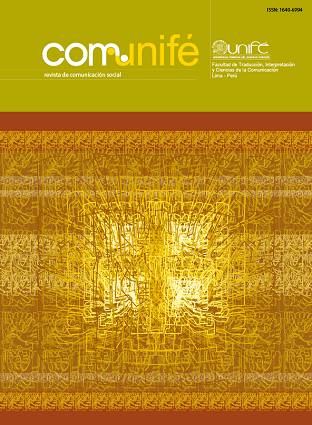“Case study: perception of the Classism of the television program Al Fondo Hay Sitio in the students of the 4th and 5th of high school of Bertolt Brecht School”
DOI:
https://doi.org/10.33539/comunife.2018.n18.2199Keywords:
Classism, perception, television, discriminationAbstract
The aim of this article is to show, in summarized form, the results achieved after the application of a case study regarding the perception of "classism" in a national television series of
large and sustained ratings throughout 7 years. Thus, the problem posed in the investigation was to determine the perception of the classism in the television series Al fondo Hay Sitio (AFHS) in the students of the 4th and 5th year of high school of the private Bertolt Brecht School. The objectives of the study, which unlearn of the problem, have been to determine the perception of classism on specific elements such as language, clothing and housing, present in the development of the series chapters. It is evidenced in the study, the high perception of classism in the elements that make up the series and in the characters that star in it, resulting in exacerbation of social and cultural differences, stereotypes, provincial origin, ridiculed customs, discrimination and others that we will see in the following lines.









